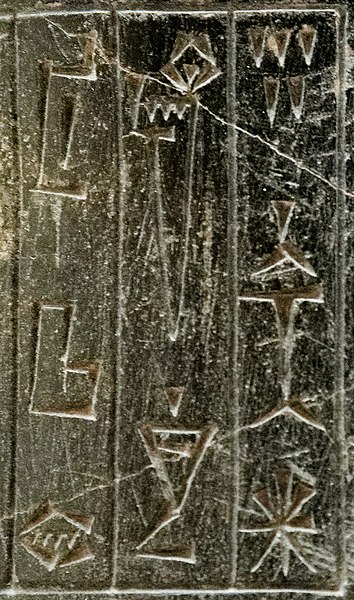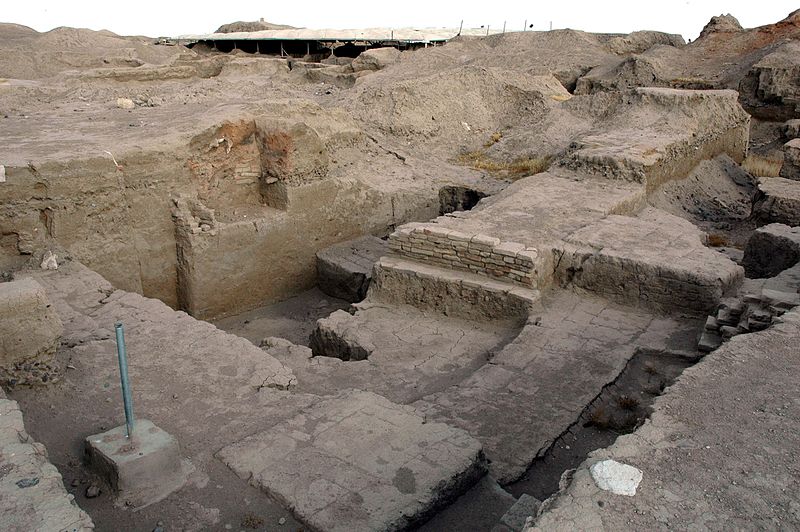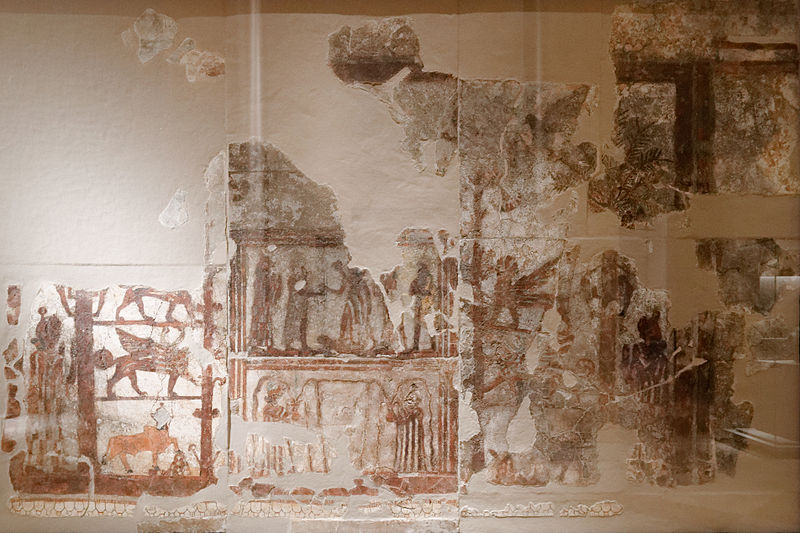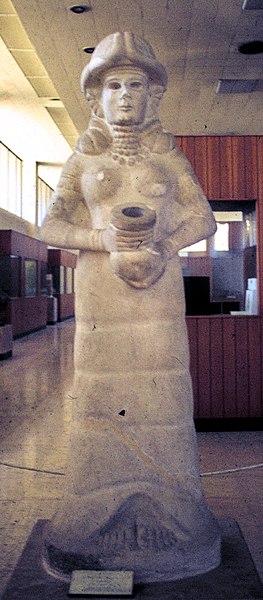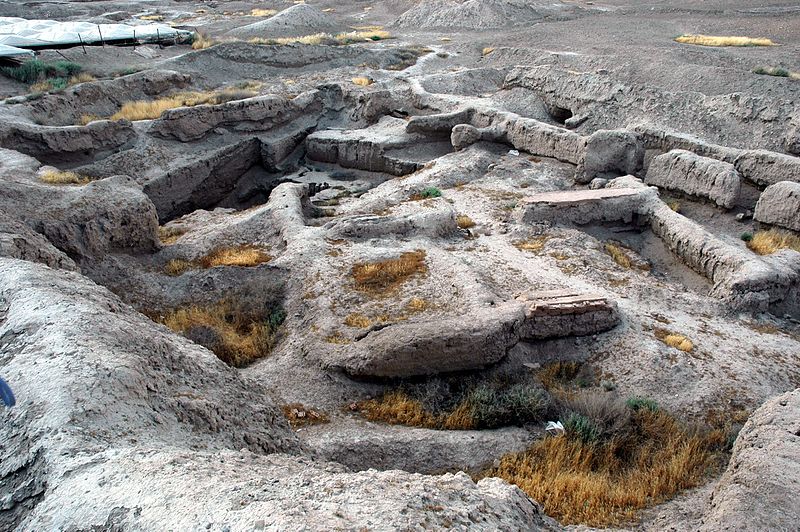Royal Palace of Mari
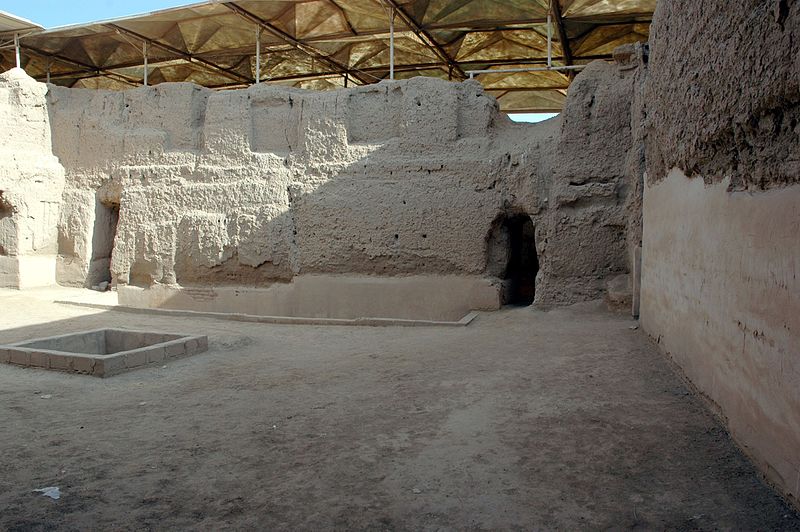
Facts and practical information
The Royal Palace of Mari, situated on the western bank of the Euphrates River in Syria, is an archaeological treasure trove that offers a glimpse into the grandeur of ancient Mesopotamian civilization. This once-majestic palace complex dates back to around 2900 BCE, serving as the political and ceremonial center of the ancient city-state of Mari until its destruction around 1759 BCE.
Excavations of the site began in the early 20th century, revealing a sophisticated layout with over 300 rooms, including royal apartments, administrative offices, temples, and extensive archives. The palace is renowned for the discovery of more than 25,000 clay tablets inscribed in Akkadian cuneiform, providing invaluable insights into the socio-economic, political, and cultural aspects of the period.
The architecture of the Royal Palace of Mari is notable for its intricate design and the use of advanced construction techniques. It featured an array of courtyards, corridors, and residential quarters, as well as elaborate frescoes and wall paintings that depicted religious rituals and royal processions, illustrating the opulence and artistic achievements of the time.
Unfortunately, the palace and the city of Mari met a violent end, sacked by Babylonian king Hammurabi. The ruins of the palace, now a shadow of their former glory, continue to be a site of archaeological interest and research, providing a vital link to the ancient past of the region.
Dayr Az Zawr


